Expert Tips For Working With Panel Plywood: Are you in search of a long-lasting, low-cost material that will help you turn your ideas into a reality? Panel plywood is perfect for you! Plywood is popular for its strength and variety; it is used in making cabinets and furniture, floors and walls and many other items. Due to its multi-ply structure, it is strong and durable and has a versatility that allows for its use in numerous applications.

Still, to achieve professional results with plywood, a little knowledge is a great deal. Thus, every Plywood Manufacturers in India choose the appropriate type, learn the best practices in clean cutting, and apply an appropriate surface coating helping them to make their project look good and last longer. By following below provided Expert Tips For Working With Panel Plywood, producing products is not only efficient but also fun.
1. Choose the Right Type of Plywood
It is important to understand that not all plywoods are the same. Depending on the type of your project you may need a certain type of type. Here are some common types:
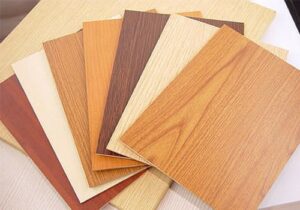
- Softwood Plywood: It is especially suitable for use in structural members such as walls and flooring.
- Hardwood Plywood: Very strong and fine-textured it is ideal for use in furniture, doors, and cabinet making.
- Marine Plywood: It is waterproof so is ideal for outside uses; it is very suitable for use in crafting items such as birdhouses.
- Specialty Plywood: Others are either fire-resistant or pressure-treated and therefore are most suitable for certain purposes.
The most important thing that a person has to keep in mind while following these Expert Tips For Working With Panel Plywood is the thickness, grade, and kind of core of the plywood they are going to purchase. For instance, if you are putting up cabinets from real wood then the best advice is to use hardwood ply with a finished and sanded surface.
2. Cutting Techniques for Clean Edges
Sawing plywood is usually a tough activity because the individual layers of veneer are extremely thin and consequently they may splinter or chip. Use these techniques for smoother edges:
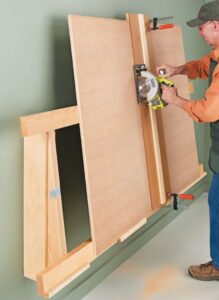
- Score the Cut Line: Finally, draw a line on the fabric and use a utility knife to draw a shallow cut on the line. This aids in minimising splintering on the face veneer.
- Use the Right Blade: It’s best to get a saw blade with multiple teeth, as in a plywood or laminate blade. A blade with 60-80 teeth means fine cut and is ideal to be selected.
- Apply Masking Tape: Masking tape can also be fixed along the cut line they prevent splinters from appearing. Remember that for the best results, you should apply pressure on the tape.
- Cut with the Good Side Facing Down: When cutting with a circular saw, have the good side down, because the blade moves up when cutting, and it will pull the wood up with it leaving a tear-out on the top.
3. Prevent Warping and Bowing
Plywood can split, warp or bow especially if it is not stored well. Here’s how to keep it straight:
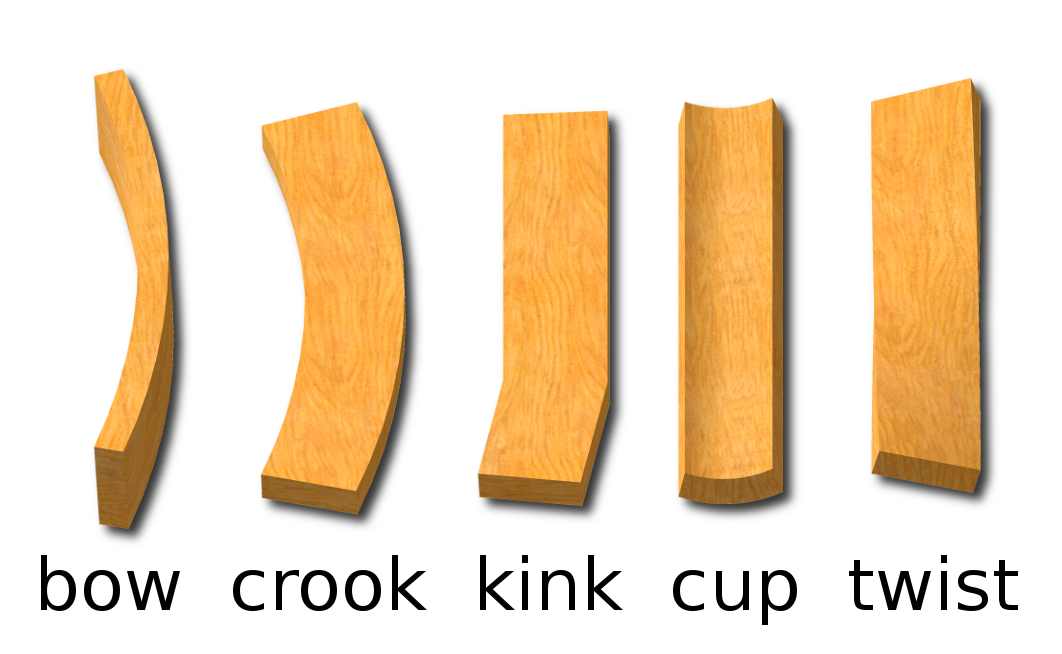
- Store Flat: To avoid dampness in plywood sheets, stack them wherever possible in a flat and preferably on raisers. If you need to lean them, then make them nearly vertical.
- Acclimate to the Environment: Plywood should be brought to acclimatize in the room for 24-48 hours before it is cut or used in a project. This reduces the possibility of expansion or contraction after installation has occurred.
- Seal All Sides: When plywood comes into contact with water, sealing all sides (including edges) protects it from moisture intrusion and subsequent distortion. Choose between a high-quality sealant or a high-quality primer depending on the situation in your project.
4. Sanding for a Smooth Finish
Mostly, plywood has a smooth face, but this does not apply to the sides or any part that needs cutting.
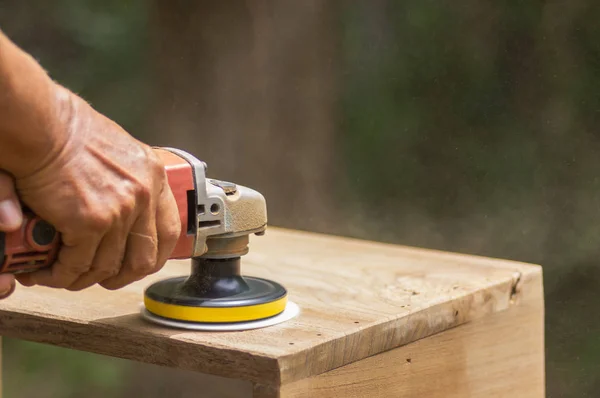
- Start with Lower Grit: Inhale at least 120-grit sandpaper to level high areas of the surface.
- Finish with Higher Grit: To have an absolutely perfect surface, it is used 220- grit sandpaper to remove minor defects. Limit sanding to the extent that will not reveal internal layers of the wood.
- Sand Lightly on Veneer: Certain types of plywood have thin veneer layers that are sanded to give them an even finer surface. Light contact should be made to the veneers especially those on the face.
5. Securing with the Right Fasteners
One of the major Expert Tips For Working With Panel Plywood is that it requires special consideration when choosing fasteners:
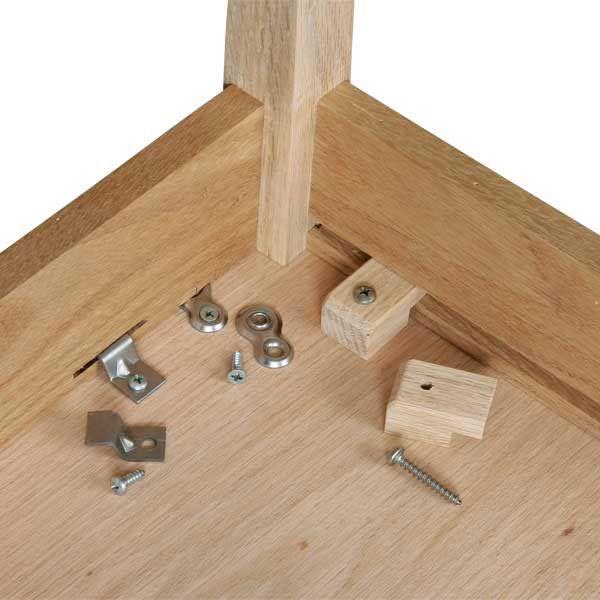
- Screws Over Nails: Screws are usually preferred over nails for plywood due to the superior holding power which does not cause any form of separation of the veneers. Install wood screws correctly with an appropriate length of wood screw.
- Avoid Edge Splits: It is important to drill pilot holes when there will be screwing close to the edges to avoid the wood splitting. This is the case on thin plywood panels where the thickness of the face veneers is critical.
- Glue for Extra Strength: In the case of permanent joins, the use of screwing can be enhanced by wood glue. Spread it evenly, tighten with clamps then wait for the product to cure completely.
6. Edging for a Professional Look
Sawn edges will appear as they are raw plywood, and this appearance may not be ideal for some applications. Here’s how to address this:
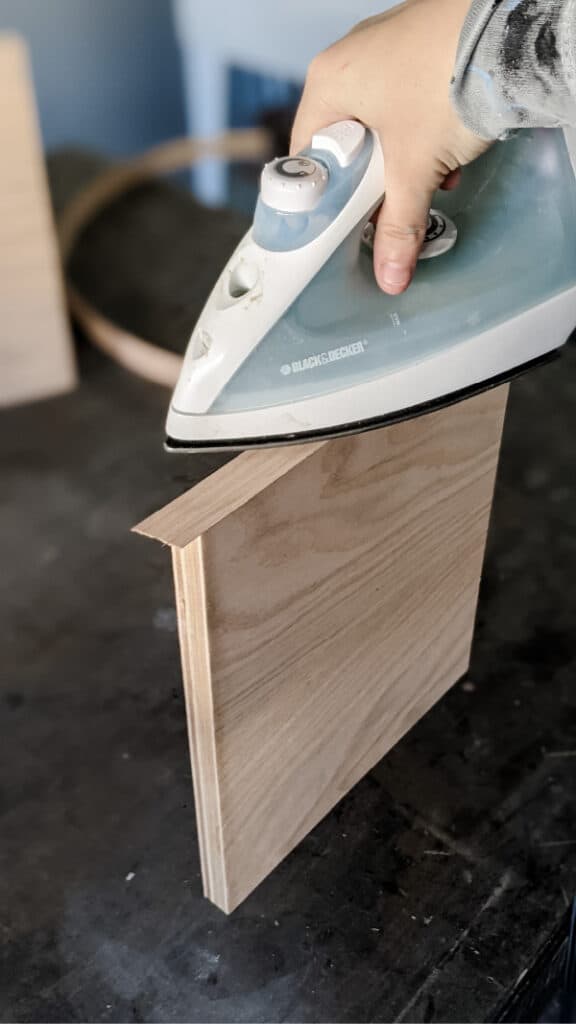
- Edge Banding: Apply adhesive back veneer edge banding to match the plywood used. They are easy to apply with an iron and provide the look of polished surfaces.
- Solid Wood Edges: A much more effective method is to use thin wooden planks and glue them to the edges of the plywood. This involves more careful cutting and glueing as well as providing probably a nicer outcome.
- Trim Carefully: After its application, trim the edge of the edge banding material with a sharp utility knife or trimmer to achieve clean and smooth edges.
7. Finishing with Paint or Stain
Plywood can be made very aesthetically appealing and at the same time it offers protection. Here’s how to approach it:
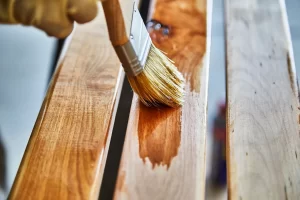
- Prime First: If painting begin with a wood primer because that surface provides better coverage and lasts longer. For your wood surfaces, you have to select the right primer.
- Sand Between Coats: Slightly sand with fine-grit sandpaper between each coat of the given paint or stain. It does this to eliminate dust and make the surface level and smooth.
- Apply a Protective Topcoat: In many projects such as furniture, use a clear polyurethane topcoat that can prevent the surface from scratching and wearing out. Flat or silk is most suitable for a very natural finish while high gloss provides a glossy non-reflective surface.
Conclusion
In conclusion, working with panel plywood is simple with the right steps. Choose the right type, cut carefully, store properly, and use screws for strength. Sand for smoothness, add edge banding and finish with a protective coat. These easy tips ensure your project looks great and lasts longer. ConforsPly is the top Plywood Manufacturer In Yamunanagar and has built a strong reputation as a trusted provider for all your plywood needs across the region.


